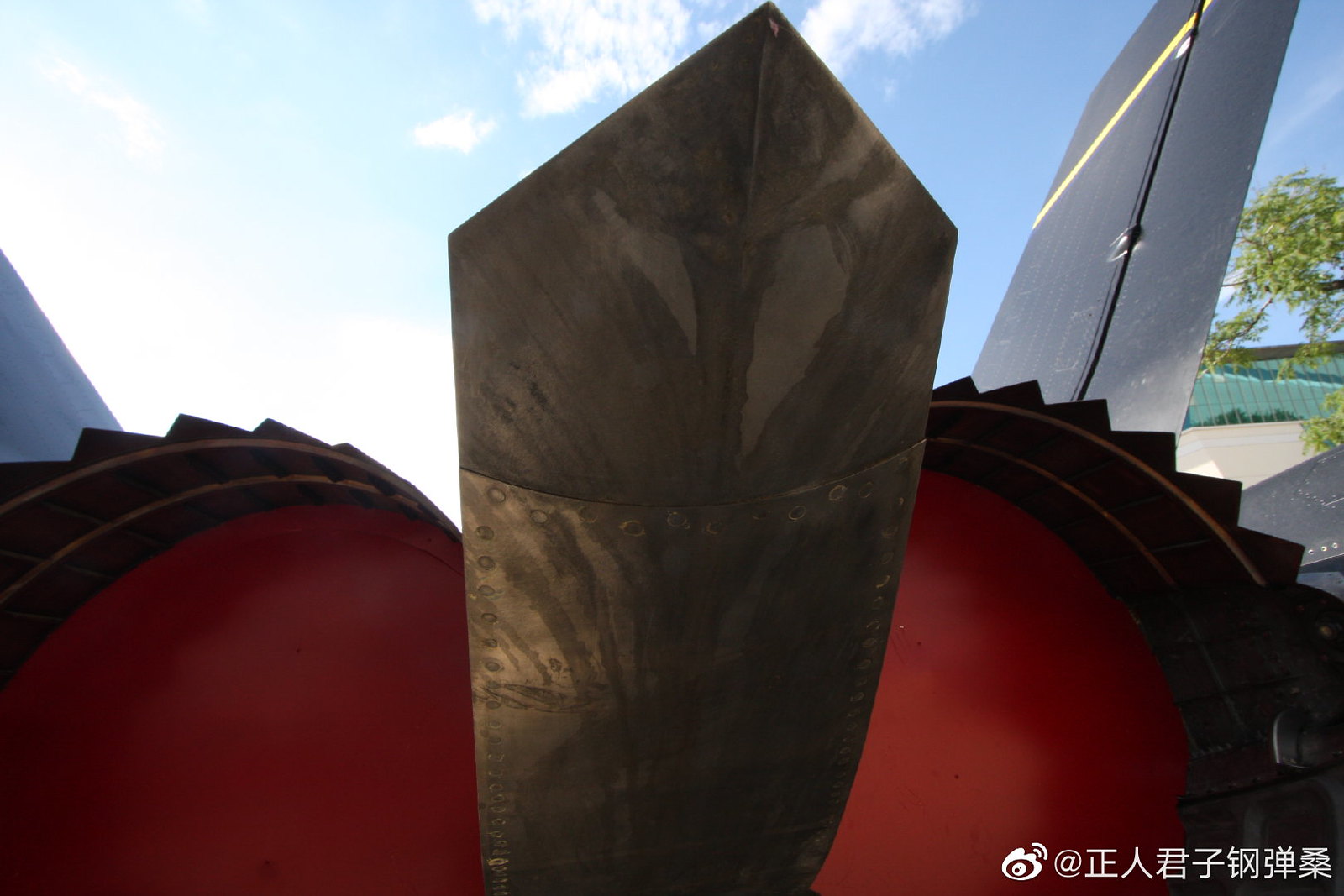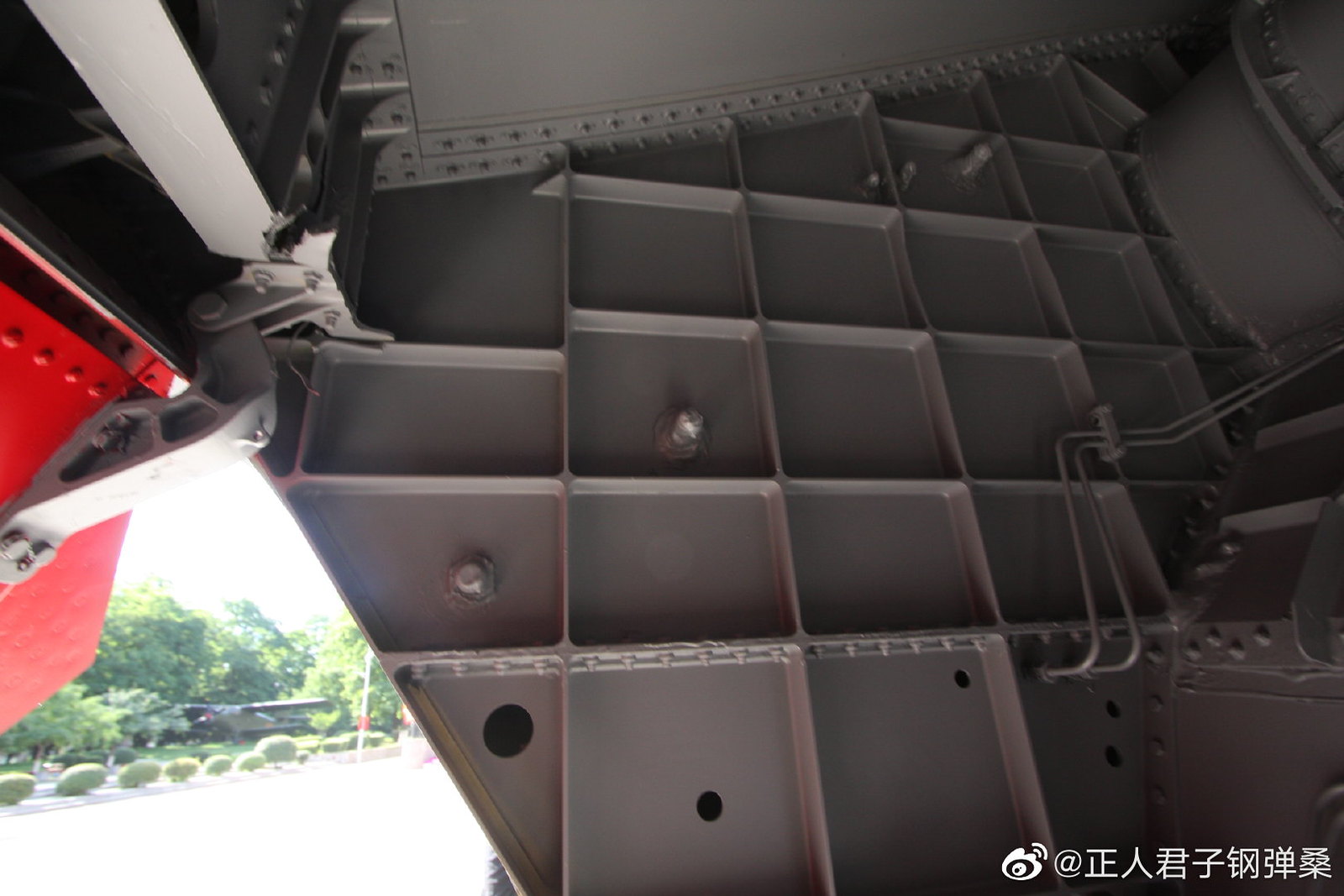The body is supposed to be manufactured as a single large piece. So I would not expect panel lines and fasteners anyway.
Of 31001? Surely not. There were plenty of panels and fasteners/rivets.
This should be a mockup. The landing gears are mockup ones and the surface is way too smooth to be the 31001 prototype.
The landing gears are very much not the original ones on the 31001 and are clearly mockup model kits.
As for the body being manufactured as a single piece, that's not doable and not a good idea with how current aircraft manufacturing tech is at. Maybe one day in the distant future aircrafts would be designed and manufactured using very different principles than they are today. I think you mean some bulkheads of the 31001 was 3D printed in entire sections.
And of course the 31002's stabilisers with 31001's paint scheme. It's almost definitely a mockup and can't expect it to not be. The 31001 prototype isn't going to be displayed like that.









